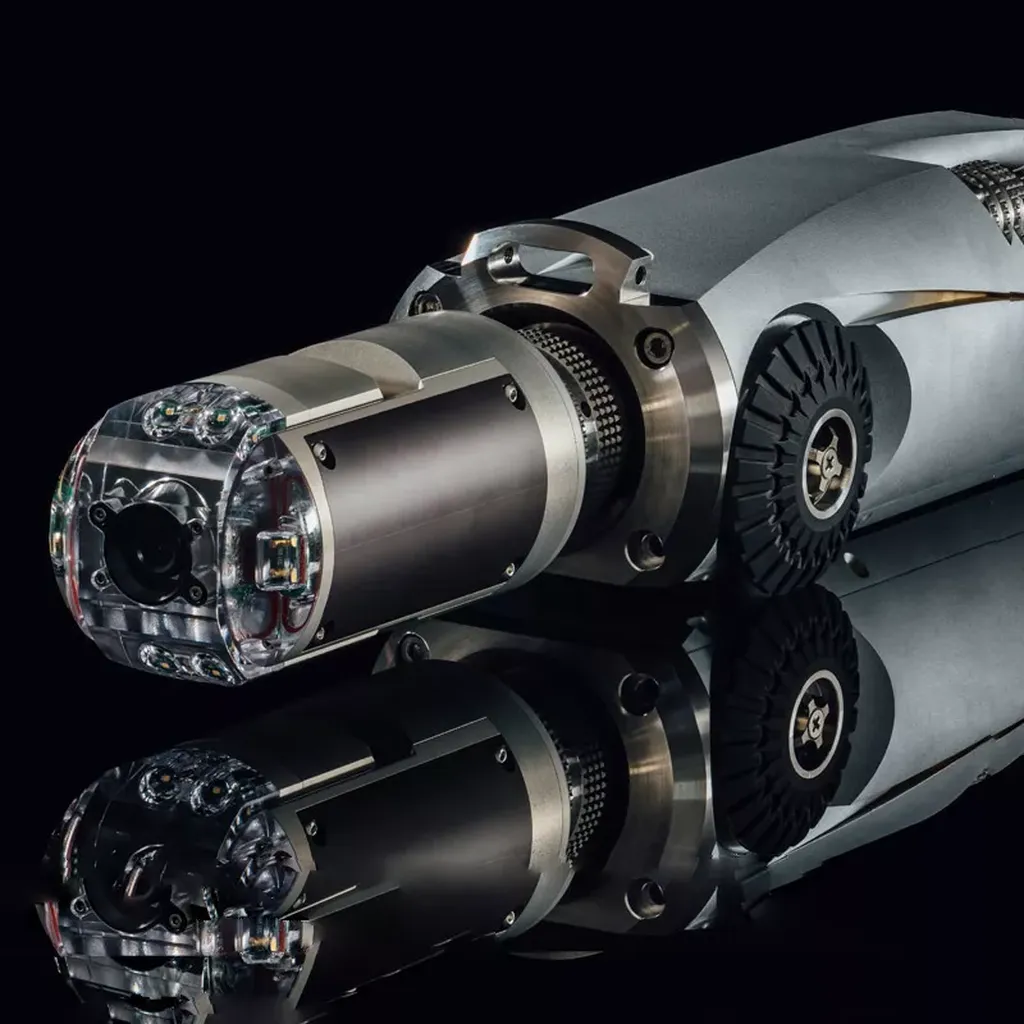In the ever-evolving landscape of construction technology, a groundbreaking study led by S. Einizinab from the Building 4.0 CRC in Victoria, Australia, is set to revolutionize how we inspect and assess pipe networks. The research, published in the International Archives of the Photogrammetry, Remote Sensing and Spatial Information Sciences (translated as “International Archives of Photogrammetry, Remote Sensing and Spatial Information Sciences”), introduces an automated method for pipe 3D centerline reconstruction and diameter estimation using the Segment Anything Model (SAM) and Mixed Reality (MR) technology.
The study focuses on the critical need for accurate detection and measurement of building elements, particularly in the energy sector where pipe networks are complex and often challenging to inspect manually. Einizinab and her team evaluated the effectiveness of SAM for pipe segmentation using an MR-based dataset, analyzing the impact of input point prompt distribution and number on segmentation accuracy.
“Our findings indicate that using five-point prompts in a uniform distribution achieves approximately 90% precision and recall for pipe segmentation,” Einizinab explained. This level of accuracy is a significant leap forward, with median position and diameter errors of just 33 mm and 10 mm, respectively. The method leverages depth data and pose information from the MR device, enabling high-reliability 3D centerline reconstruction and diameter estimation.
The implications for the energy sector are profound. Automated inspection tasks can now be performed with greater efficiency and accuracy, reducing the need for manual labor and minimizing human error. This technology is particularly beneficial in pipe networks with moderate complexity and fewer thin pipes, where segmentation and measurement challenges are minimized.
Einizinab’s research highlights the potential for MR systems to achieve precise pipe positioning and diameter estimation, paving the way for future developments in automated inspection and quality assessment. As the construction industry continues to embrace digital transformation, this study offers a glimpse into the future of smart, data-driven inspection processes.
The study’s findings were published in the International Archives of the Photogrammetry, Remote Sensing and Spatial Information Sciences, a testament to the rigorous scientific approach taken by Einizinab and her team. As the construction industry continues to evolve, this research is poised to shape the future of pipe network inspections, offering a more efficient, accurate, and cost-effective solution for the energy sector.

